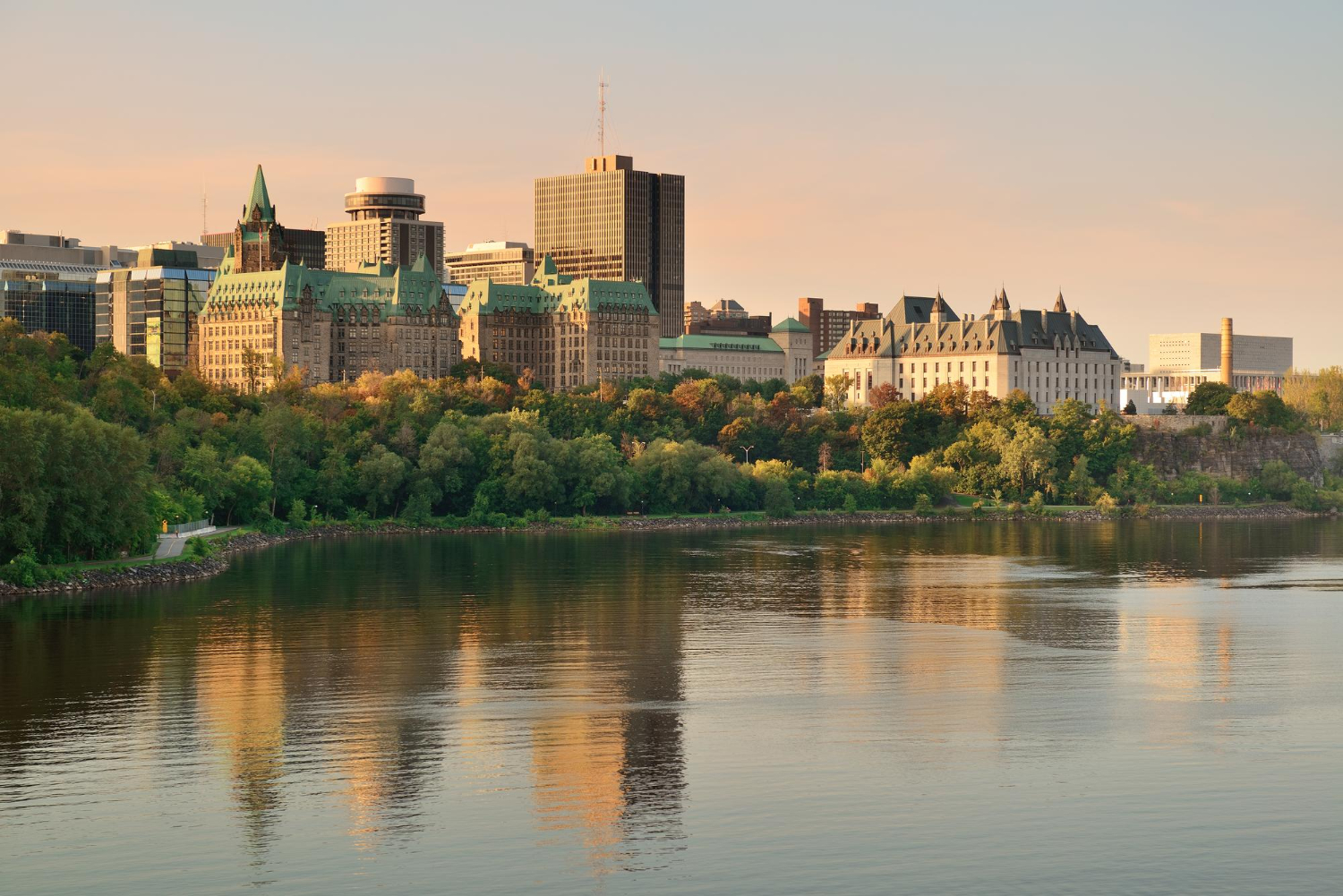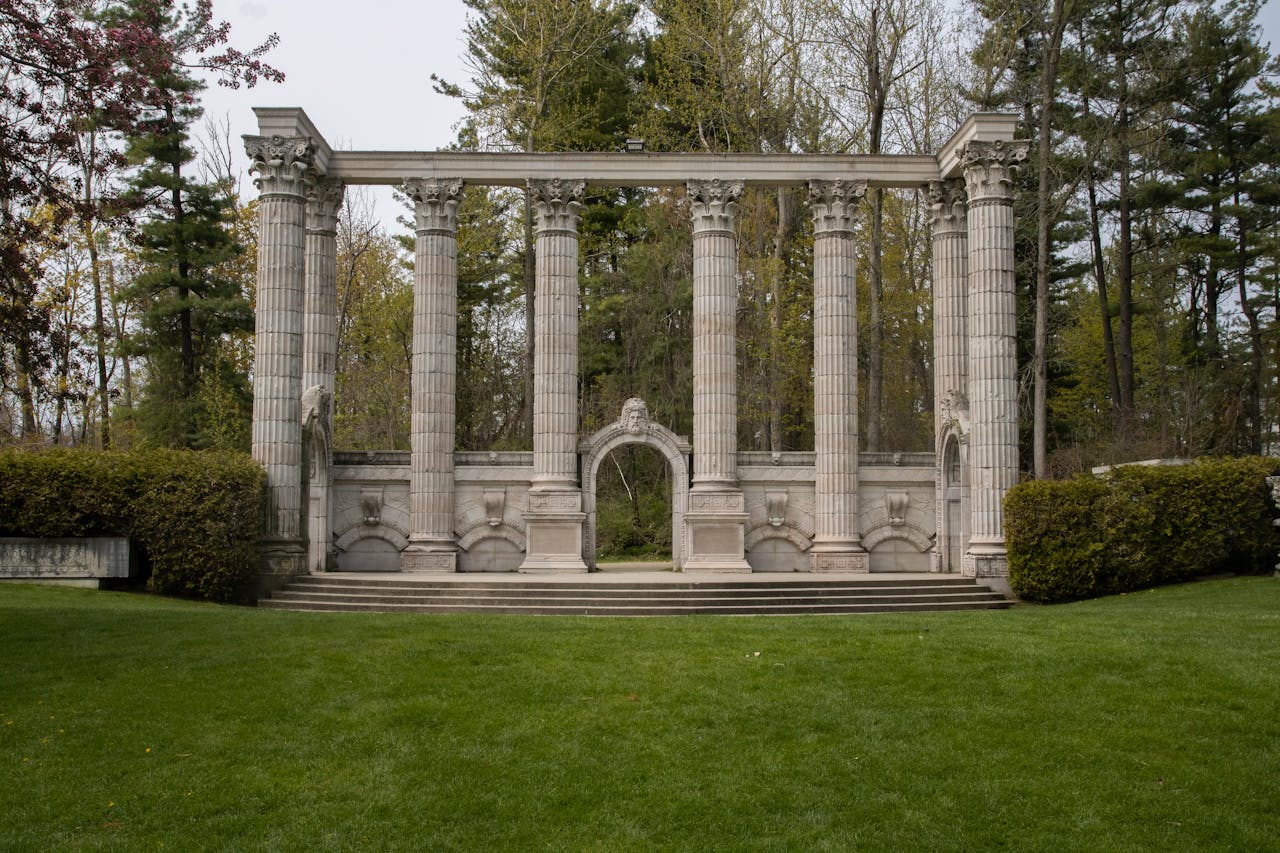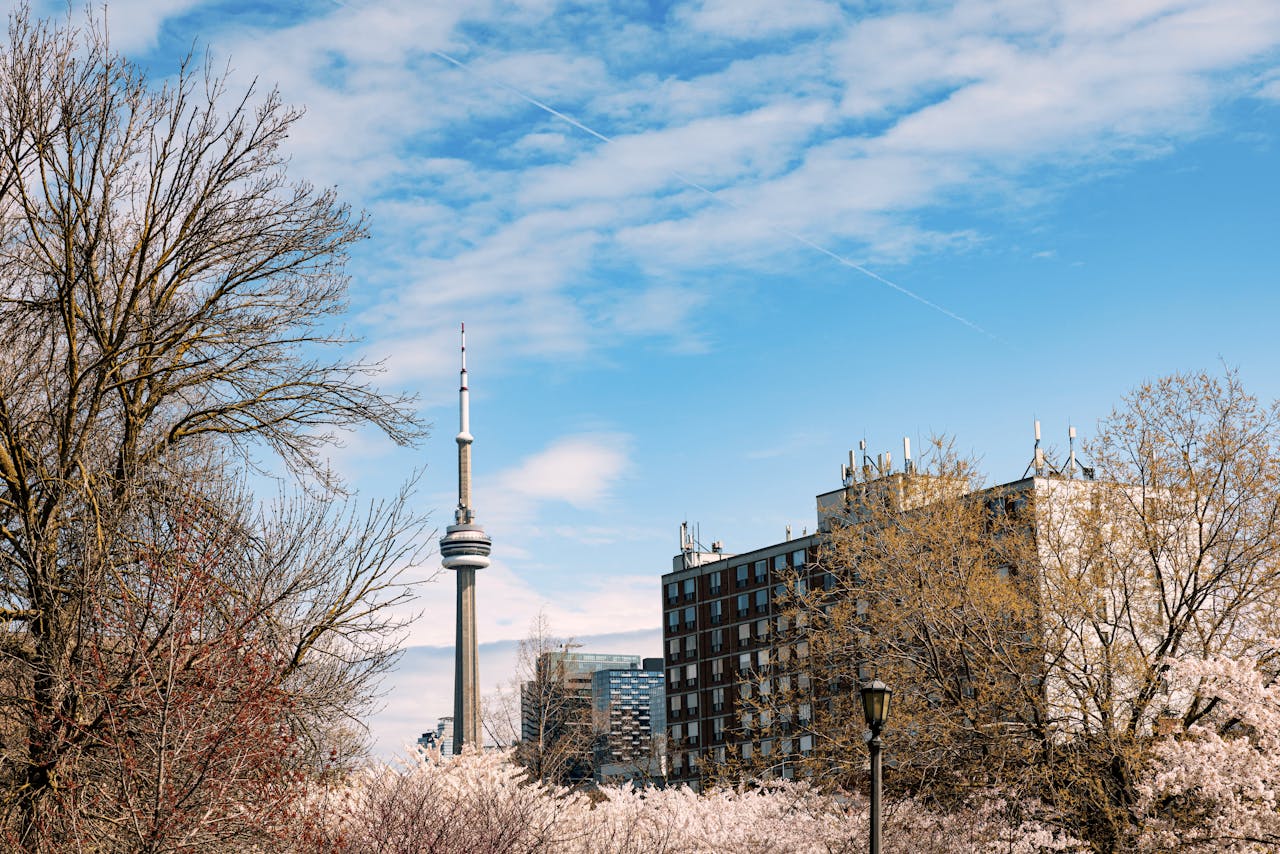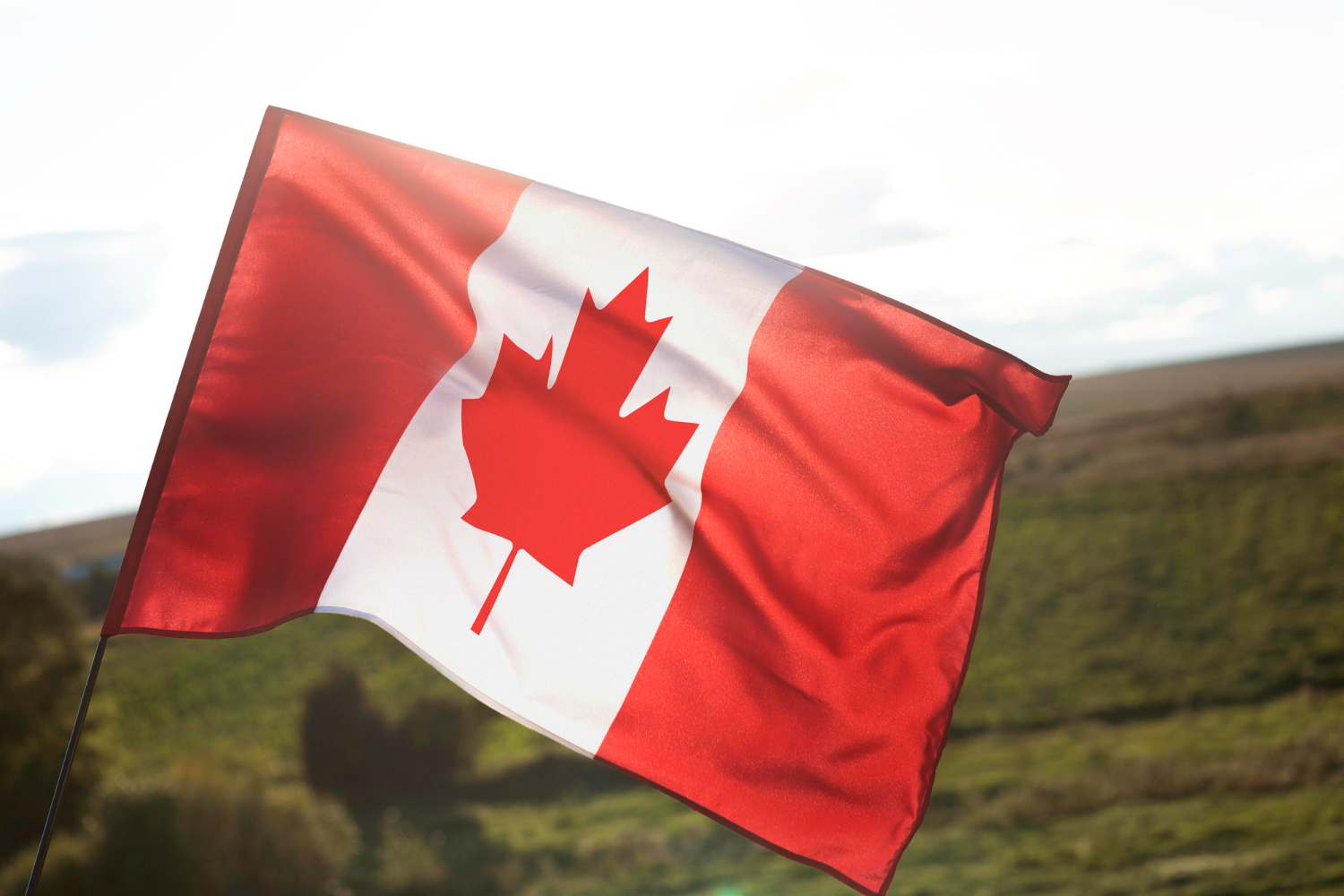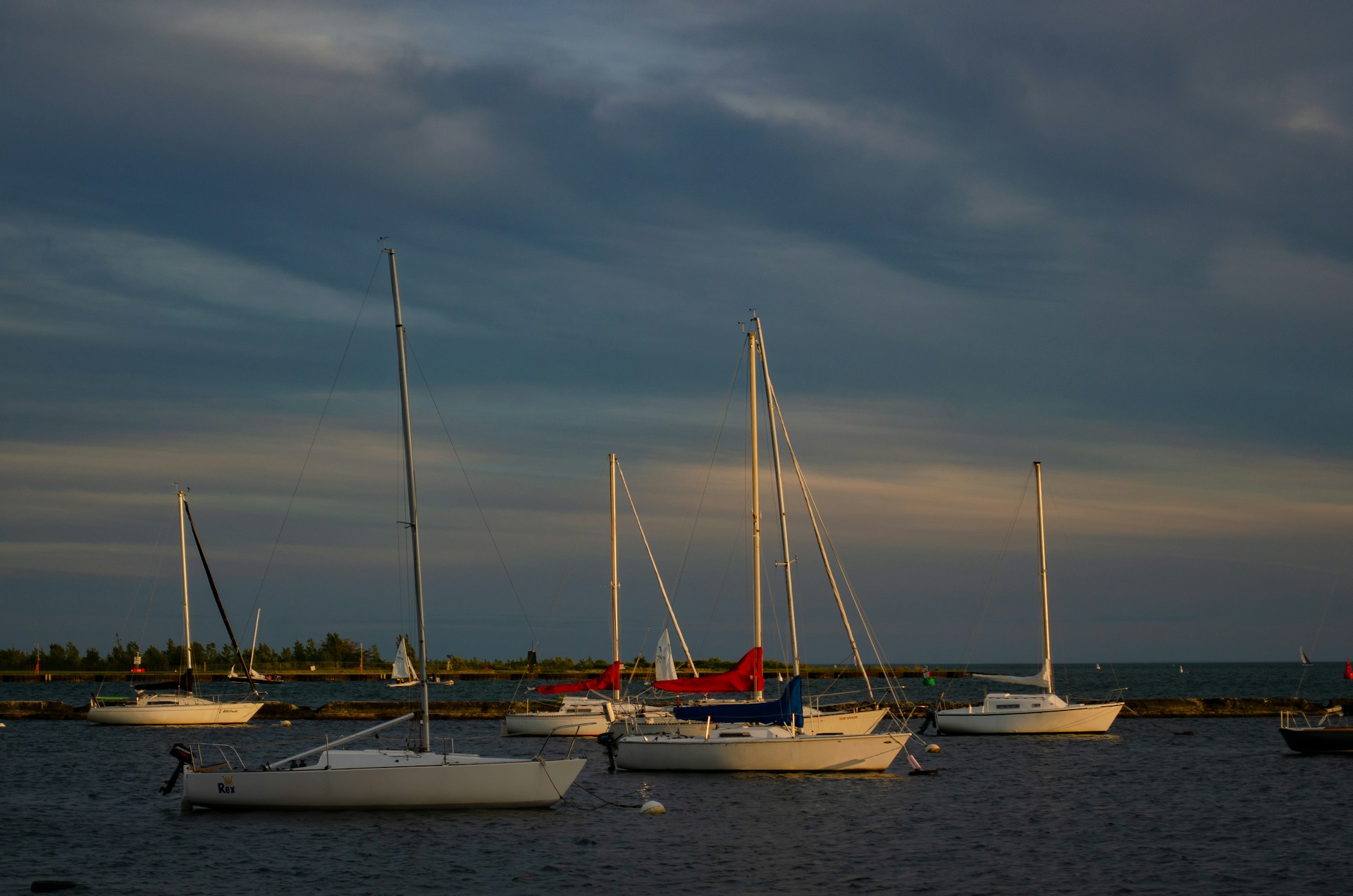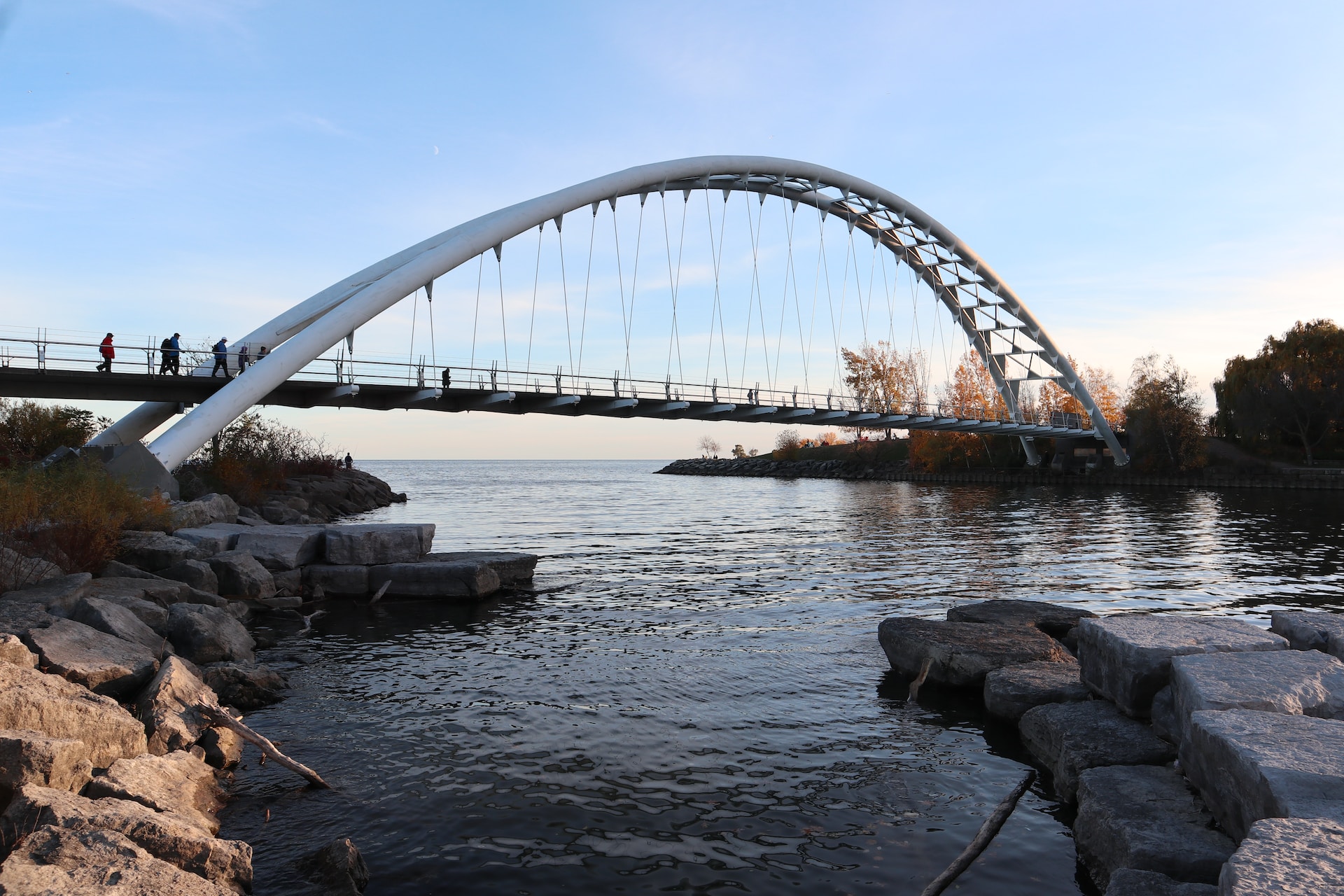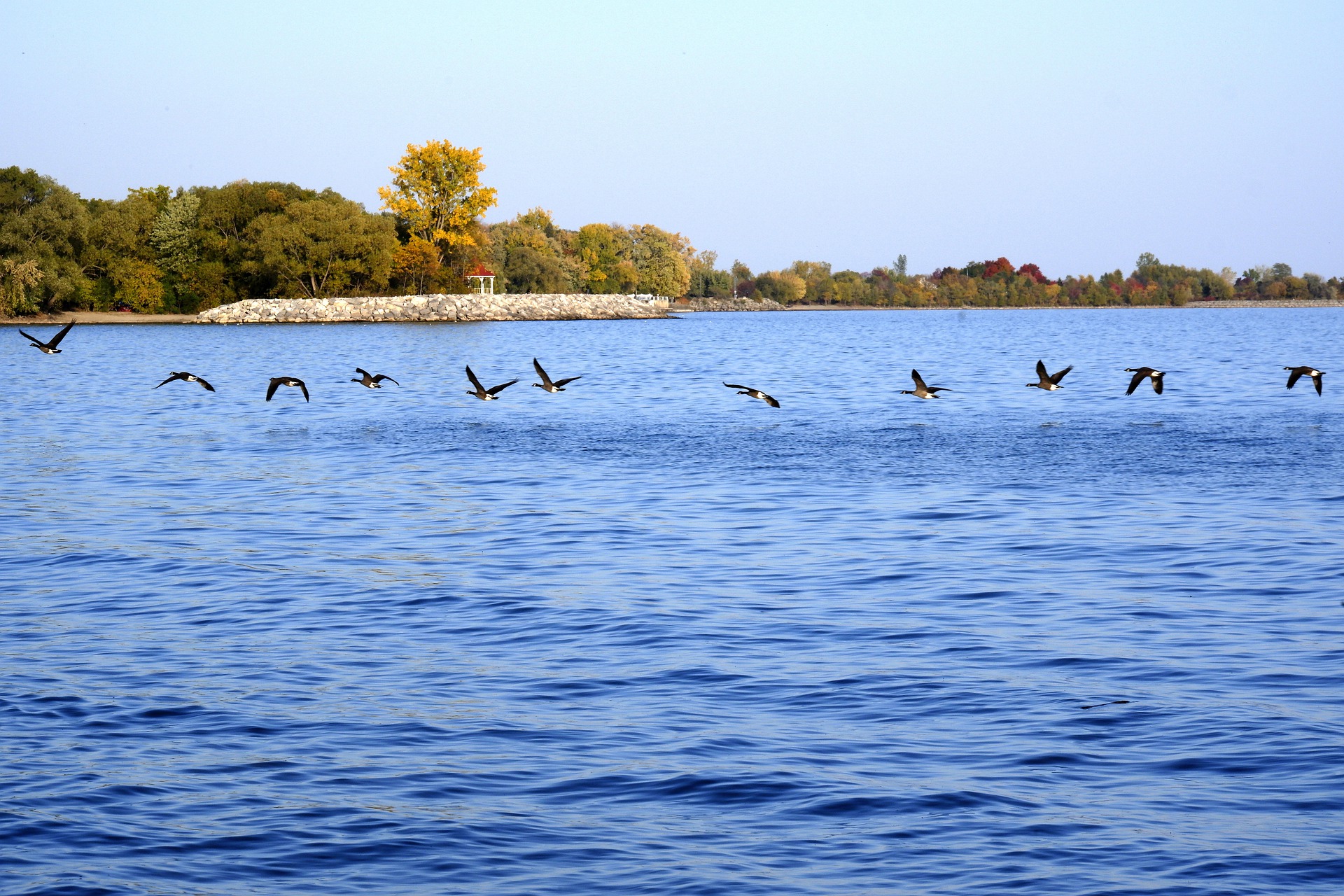
In addition to the $15 million over three years that was announced in Budget 2022, Ontario is committing an additional $25 million over the next three years to increase the number of skilled immigrants it accepts. The investment will help the province’s economy thrive while addressing workforce shortages.
One-third of all immigrants to Canada land in Ontario, which is the country’s most frequent landing location. The province and the federal government declared that they would double the number of economic immigrants they would choose, bringing the total to a record-breaking 18,000 by 2025.
“Our government is prepared to welcome additional skilled immigrants to Ontario to assist in the construction of the roads, transportation, schools, housing, and hospitals that our expanding population requires. We’re doing everything we can to make sure we have the workforce needed to contribute to the development of Ontario as we continue to address historic labor shortages.” Doug Ford, the premier of Ontario, declared, “Everybody’s on deck.”
The increased investment in Budget 2023 will expedite the application process and make sure that newcomers to Ontario may begin working in their professions soon, according to the Ontario website. To ensure that the system can handle growing demand both now and in the future, the cash will improve security and other Technology enhancements.
The Ontario Immigrant Nominee Program: what is it?
The provincial nominee program for Ontario is called the Ontario Immigrant Nominee Program (OINP) (PNP). The PNP is the most popular route for skilled workers to come to Canada.
Prospective immigrants having the knowledge and expertise sought after by the province may be granted a provincial nomination through OINP by Ontario, following which they can submit an application to IRCC for Canadian permanent residence.
Some of the Ontario PNP streams are upgraded streams, while others are base streams. The federal government uses the Express Entry system to oversee applications for permanent residence submitted through Canada’s three primary economic class immigration programs. Improved streams are those that are in line with this system.
Candidates are given a Comprehensive Ranking System (CRS) score based on points through Express Entry. The top candidates are then given the opportunity to submit an application for permanent residence. An additional 600 points are awarded to those who have nominations from enhanced provincial programs, practically guaranteeing them an Invitation to Apply (ITA) for permanent residency.
Basic streams are those that don’t comply with Express Entry’s systems. Applicants who receive a provincial nomination must submit a direct application to IRCC.
“Responsible, targeted approach to aid people and businesses now while creating a strong budgetary foundation for future generations” is how the Ontario 2023 Budget, titled Building a Strong Ontario, is described.
In addition to the $25 million investment in the OINP, the budget includes several significant policies that would impact immigrants from Ontario. The administration promises to make investments in skill development, revamp the apprenticeship and skilled trades systems, and assist recent immigrants in using their abilities.
In order to assist workers and job seekers in acquiring the skills they need to take on new opportunities and progress their careers, Ontario is specifically allocating $75 million into the Skills Development Fund over the next three years. In order to provide access to training facilities and prepare more people for employment in the skilled trades and other in-demand occupations, the government is also investing $224 million in 2023 and 2024 in a new capital stream of the Skills Development Fund.
The housing crisis and difficulties with home affordability are also covered in the Budget. By 2031, the government hopes to have constructed 1.5 million dwellings. Changes to help build more homes and improve living will be implemented through the More Homes Built Faster Act, 2022.













